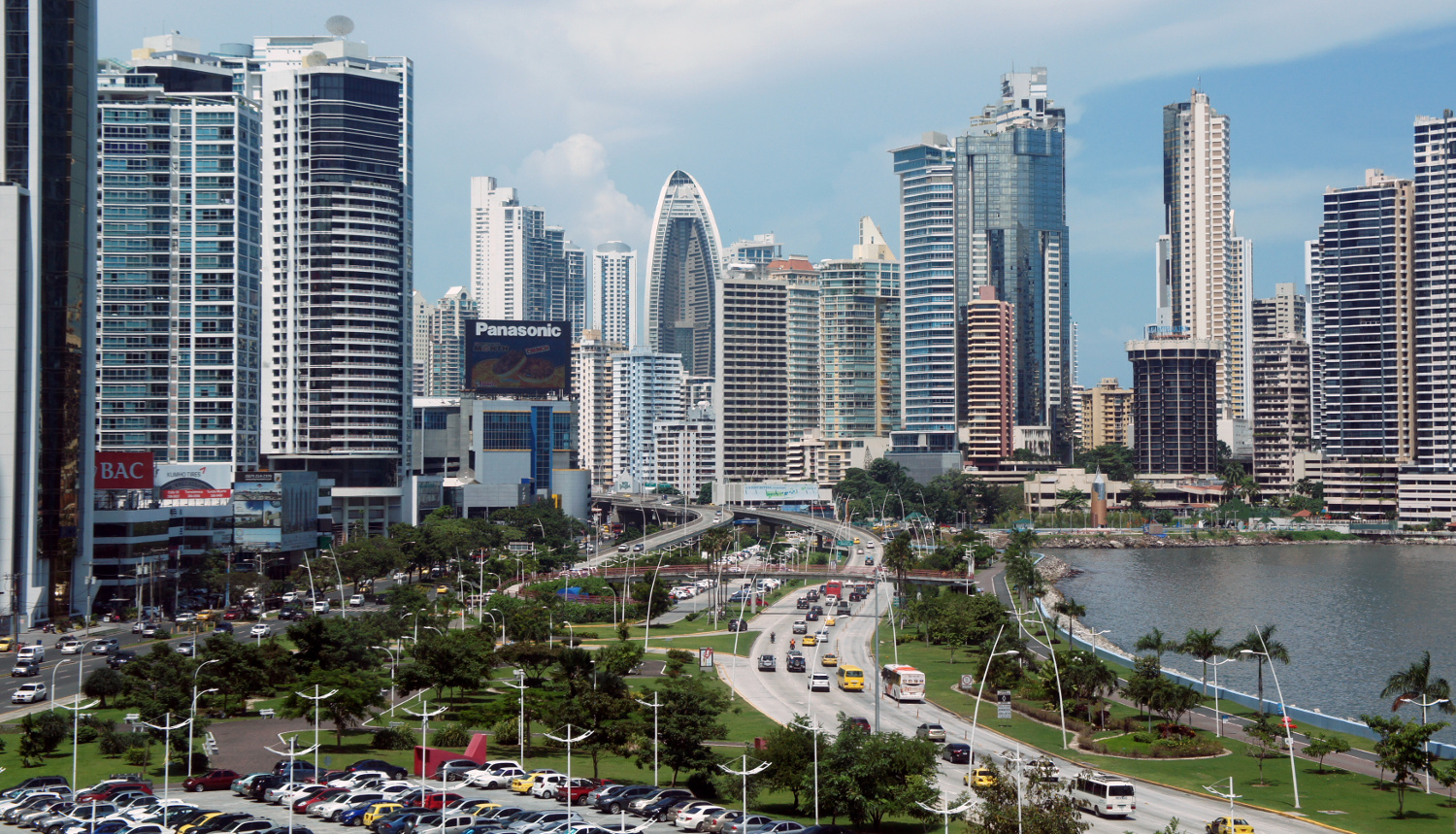
漢德百科全書 | 汉德百科全书
 重要港口
重要港口



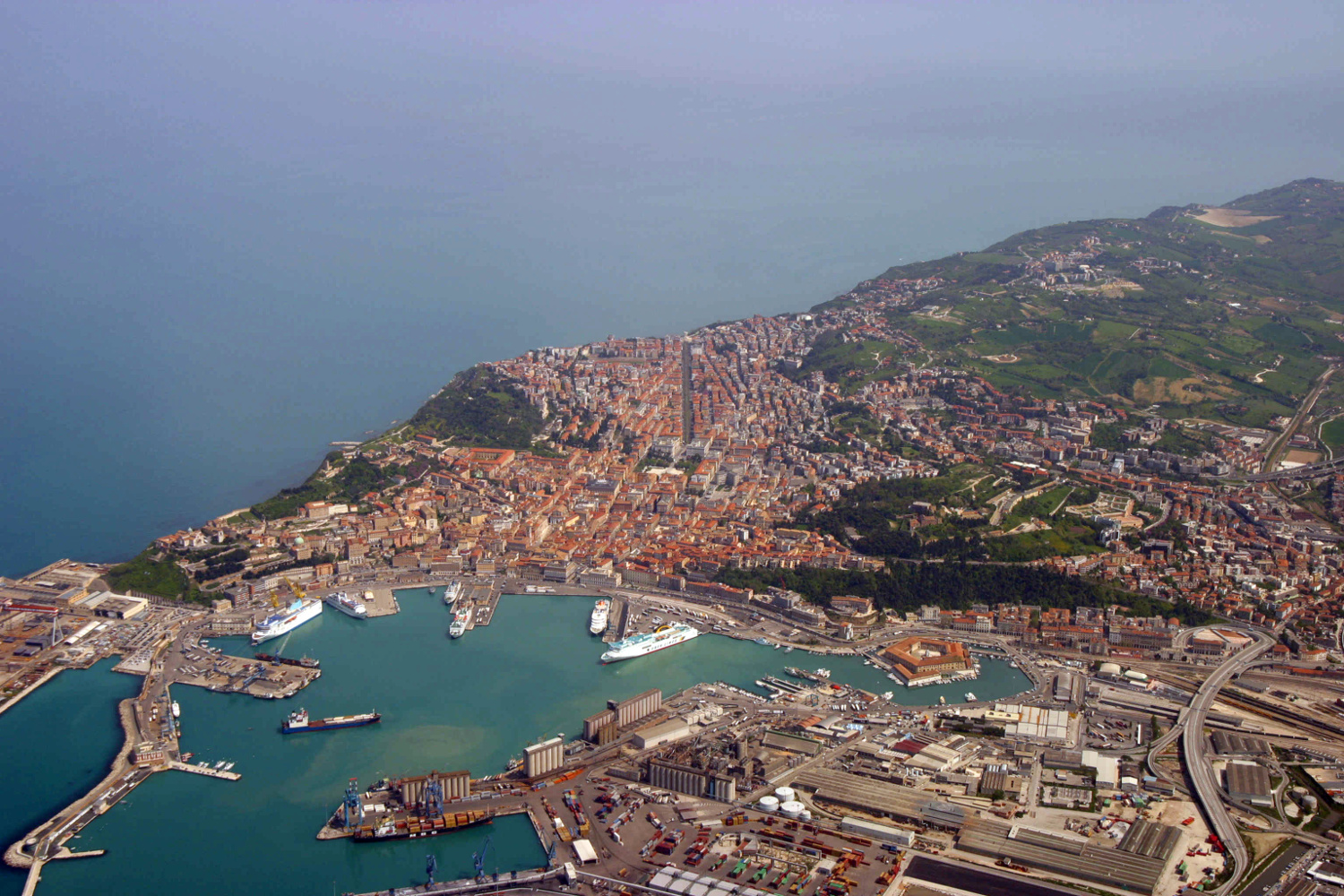
Ancona ist eine Hafenstadt mit 100.282 Einwohnern (Stand 31. Dezember 2019) an der italienischen Adriaküste. Sie ist Hauptstadt der Region Marken und der Provinz Ancona. Der Name stammt aus dem Griechischen und bedeutet Ellbogen. Ancona ist zudem Sitz des römisch-katholischen Erzbistums Ancona-Osimo.
Ancona liegt etwa 210 Kilometer nordöstlich von Rom und etwa 200 Kilometer südöstlich von Bologna. Die Stadt liegt zwischen den Höhenzügen des Monte Conero, des Monte Astagno, auf dem die Zitadelle der Stadt liegt, und Monte Guasco, auf dem der dem hl. Cyriacus geweihte Dom von Ancona steht.
Der Hafen Ancona besitzt neben Bari und Venedig einen der wichtigsten Fährhäfen über die Adria mit stark frequentierten Verbindungen zu den griechischen Städten Igoumenitsa und Patras. Zwölf Kilometer westlich von Ancona liegt der internationale Verkehrsflughafen Aeroporto delle Marche.
安科纳(意大利语:Ancona)位于意大利中东部亚得里亚海畔,威尼斯南部的小都市。亦是马尔凯区和安科纳省的首府。古罗马时代起就是个繁荣的港口城市,至中世纪,安科纳经常被哥特人、伦巴底人、撒拉森人所攻打。其中在840年,全城更被撒拉森人所焚毁。在查理大帝征服了北意大利后,开始有所重建。十二世纪被罗马教皇特许为自由都市。1532年,成为教皇国一部分。踏入19世纪,成为意大利王国一部分。到意大利统一后,为马尔凯首府。
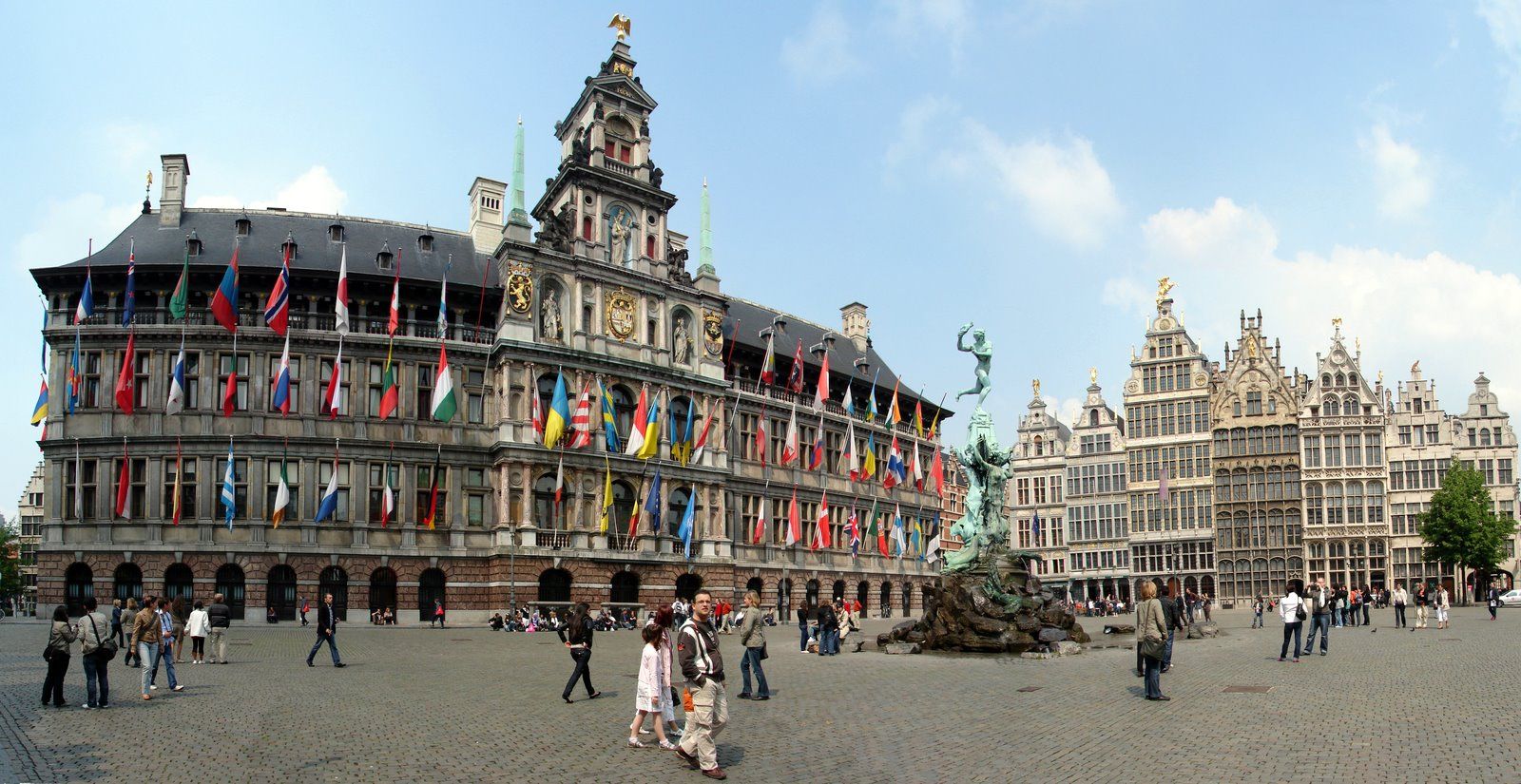
Antwerpen (veraltet deutsch Antorf oder Antorff, französisch Anvers) ist eine Hafenstadt in der Region Flandern in Belgien und die Hauptstadt der Provinz Antwerpen. Bezogen auf die Stadt als Verwaltungseinheit ist Antwerpen die größte Stadt des Landes. Die Agglomeration Antwerpen ist nach der Region Brüssel-Hauptstadt die zweitgrößte in Belgien.
Von großer internationaler Bedeutung ist Antwerpen durch seinen Seehafen, den zweitgrößten Europas, sowie als weltweit wichtigstes Zentrum für die Verarbeitung und den Handel von Diamanten.
Antwerpen war im 15. und 16. Jahrhundert eine der größten Städte der Welt, zeitweise die wichtigste Handelsmetropole Europas und als bedeutendes kulturelles Zentrum Wirkungsstätte von Künstlern wie Rubens. Antwerpen war Austragungsort der Olympischen Sommerspiele 1920 und Kulturhauptstadt Europas 1993. Das Druckereimuseum Plantin-Moretus, das Maison Guiette und der Turm der Liebfrauenkathedrale gehören zum UNESCO-Welterbe.
安特卫普位于比利时西北部斯海尔德河畔,是比利时最大港口和重要工业城市,面积140平方公里,人口45.7万人(2005年1月),居民大多使用荷兰地方方言,工商界主要使用法语。安特卫普是欧洲著名文化中心,是著名艺术大师罗宾斯和冯·狄克的诞生地,也是世界著名的游览城市。人们被其吸引的是它的三大看点:一是保存完好、充满中世纪情调的旧市区古老建筑;二是神秘的钻石加工和交易;三是有世界声誉的绘画艺术和众多的博物馆,建有罗宾斯故居博物馆、皇家艺术博物馆、国家海运博物馆以及钻石博物馆等。(Quelle:http://baike.baidu.com)
アントウェルペン(オランダ語: Antwerpen [ˈɑntʋɛrpə(n)] (![]() 音声ファイル), フランス語: Anvers [ɑ̃vɛʁ(s)], 英語: Antwerp [ˈæntwɜrp])は、ベルギーのフランデレン地域・アントウェルペン州の州都で、同国最大の都市(首都圏地域の人口を合わせればブリュッセル市が最大)。英語名に由来するアントワープや、フランス語名に由来するアンヴェルス(アンベルス)[1]も日本語の表記においてよく用いられる。2012年1月1日の総人口は502,604人。面積は204.51 km2, 人口密度は2,457.56人/km2である。
音声ファイル), フランス語: Anvers [ɑ̃vɛʁ(s)], 英語: Antwerp [ˈæntwɜrp])は、ベルギーのフランデレン地域・アントウェルペン州の州都で、同国最大の都市(首都圏地域の人口を合わせればブリュッセル市が最大)。英語名に由来するアントワープや、フランス語名に由来するアンヴェルス(アンベルス)[1]も日本語の表記においてよく用いられる。2012年1月1日の総人口は502,604人。面積は204.51 km2, 人口密度は2,457.56人/km2である。
Antwerp (/ˈæntwɜːrp/ ( listen), Dutch: Antwerpen [ˈɑntʋɛrpə(n)] (
listen), Dutch: Antwerpen [ˈɑntʋɛrpə(n)] ( listen), French: Anvers [ɑ̃vɛʁ(s)]) is a city in Belgium, and is the capital of Antwerp province in Flanders. With a population of 520,504,[2] it is the most populous city proper in Belgium. Its metropolitan area houses around 1,200,000 people, coming in second behind Brussels.[3][4]
listen), French: Anvers [ɑ̃vɛʁ(s)]) is a city in Belgium, and is the capital of Antwerp province in Flanders. With a population of 520,504,[2] it is the most populous city proper in Belgium. Its metropolitan area houses around 1,200,000 people, coming in second behind Brussels.[3][4]
Antwerp is on the River Scheldt, linked to the North Sea by the Westerschelde estuary. It is about 40 kilometres (25 mi) north of Brussels, and about 15 kilometres (9 mi) from the Dutch border. The Port of Antwerp is one of the biggest in the world, ranking second in Europe[5][6] and within the top 20 globally.[7] Antwerp was also the place of the world's oldest stock exchange building, originally built in 1531 and re-built in 1872.[8]
Antwerp has long been an important city in the Low Countries, both economically and culturally, especially before the Spanish Fury (1576) in the Dutch Revolt. The inhabitants of Antwerp are nicknamed Sinjoren ([sɪnˈjoːˌrən]), after the Spanish honorific señor or French seigneur, "lord", referring to the Spanish noblemen who ruled the city in the 17th century.[9] Today Antwerp is a major trade and cultural centre. The city hosted the 1920 Summer Olympics.
Anvers (prononcé /ɑ̃.vɛʁs/1,2, ou /ɑ̃.vɛʁ/3, en néerlandais : Antwerpen) est une ville belge dans la Région flamande, chef-lieu de la province d'Anvers et de l'arrondissement administratif du même nom, située au cœur de la Dorsale européenne.
Au 1er avril 2017, la commune d’Anvers était la plus peuplée de Belgique, devant Gand et Charleroi, avec 521 216 habitants4, 259 740 hommes et 261 476 femmes, soit une densité de 1 270,06 habitants/km2. L’agglomération anversoise compte, elle, 1 250 000 habitants. C'est la deuxième plus peuplée de Belgique, après Bruxelles. C'est également la troisième commune et ville de Belgique pour ce qui est de la superficie, avec 204,51 km2, juste après Tournai et Couvin.
Archétype de la ville bourgeoise-marchande depuis le Bas Moyen Âge elle constitue alors, selon Fernand Braudel, le centre du commerce international et de la haute finance tout au long du XVIe siècle. Anvers abrite depuis 1931 le plus vieux et unique gratte-ciel d'Europe jusqu'en 1949, la Boerentoren, et dispute à Venise l'invention de la comptabilité en partie double. Anvers est connue pour abriter les plus prestigieux diamantaires de la Planète, avec Londres et Amsterdam, ainsi que la plus importante bourse de diamants de la Planète, la Antwerpse Diamantkring. Elle abrite également une grande concentration d'établissements d'audit et consulting. Enfin, le Port d'Anvers (deuxième port commercial d'Europe en termes d'activités et de tonnage, après celui voisin de Rotterdam) joue un rôle majeur dans la mondialisation des activités économiques européennes.
Les codes postaux vont de 2000 à 2600 à l’intérieur du district de la ville d’Anvers, située principalement sur la rive droite de l’Escaut et connue pour son port international de marchandises extrêmement développé, aujourd'hui le deuxième plus grand d'Europe en termes de volume de marchandises.
Les Anversois sont aussi appelés les Sinjoren, de l’espagnol señor, héritage de l'époque où elle faisait partie de l'Empire habsbourgeois de Charles Quint. La ville est souvent appelée ’t Stad (« La Ville ») et parfois de koekenstad (« la Ville des biscuits ») par allusion aux koffiekoeken (biscuits recouverts d'un fin glaçage au café) d’Anvers, réputées dans toute la Belgique.
Anversa (Antwerpen in olandese, Anvers in francese) è una città di 506.922 abitanti del Belgio settentrionale, la più importante nella regione delle Fiandre, una delle tre regioni dello Stato, e il capoluogo della provincia omonima.
Amberes (en neerlandés, Antwerpen  [ˈɑntˌʋɛrpə(n)] (?·i), en francés, Anvers [ɑ̃ˈvɛʁ(s)]), antiguamente conocida como Antuerpia, es una ciudad situada en Bélgica que posee 521.600 habitantes en 2018. El área metropolitana cubre 1.449 km² (559 millas cuadradas) con un total de 2.190.769 habitantes, según el censo del 1 de enero de 2017.
[ˈɑntˌʋɛrpə(n)] (?·i), en francés, Anvers [ɑ̃ˈvɛʁ(s)]), antiguamente conocida como Antuerpia, es una ciudad situada en Bélgica que posee 521.600 habitantes en 2018. El área metropolitana cubre 1.449 km² (559 millas cuadradas) con un total de 2.190.769 habitantes, según el censo del 1 de enero de 2017.
Антве́рпен (нидерл. Antwerpen (инф.) [ˈɑntˌʋɛrpə(n)], фр. Anvers [ɑ̃vɛʁs], з.-флам. Antwerpn) — город во Фламандском регионе Бельгии. Второй (после Брюсселя) город страны, самый большой город Фландрии. Административный центр провинции Антверпен. Город расположен на обоих берегах реки Шельды. Морской порт, входит в двадцатку крупнейших портов мира и является вторым в Европе после порта города Роттердама в Нидерландах[2].
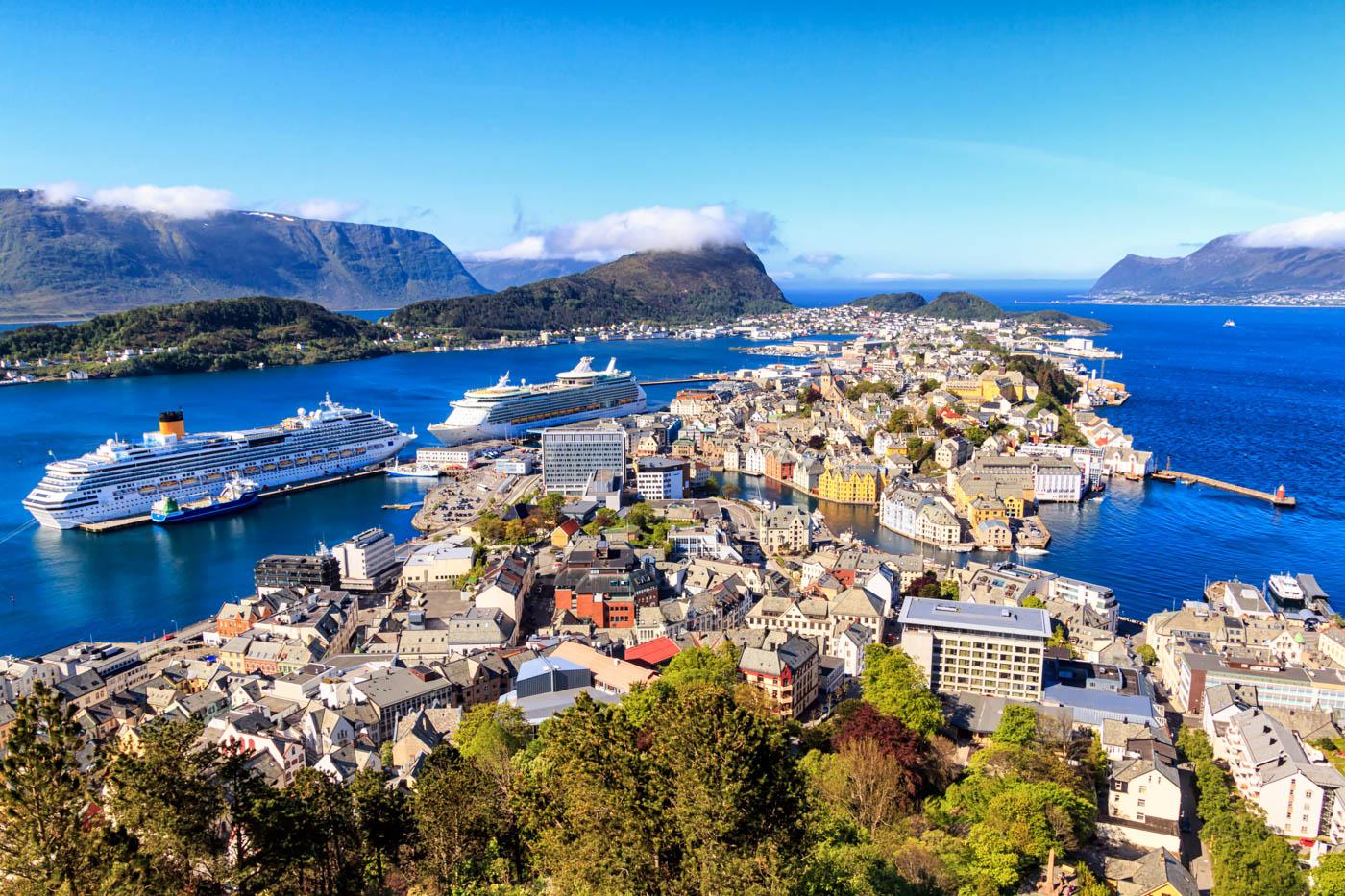
Ålesundⓘ/? ist eine Stadt und Kommune in der Provinz (Fylke) Møre og Romsdal in Norwegen. Das durch den Jugendstil geprägte Zentrum wie auch die Lage der Stadt und Umgebung machen diese zu einem Ziel für den Tourismus in Norwegen.
奥勒松[1](挪威语:Ålesund 聆听ⓘ)是挪威的一个市镇,位于默勒-鲁姆斯达尔郡,行政中心为奥勒松镇。市镇面积为99平方公里,人口数量为66,258人(2020年),人口密度为每平方公里109.1人。
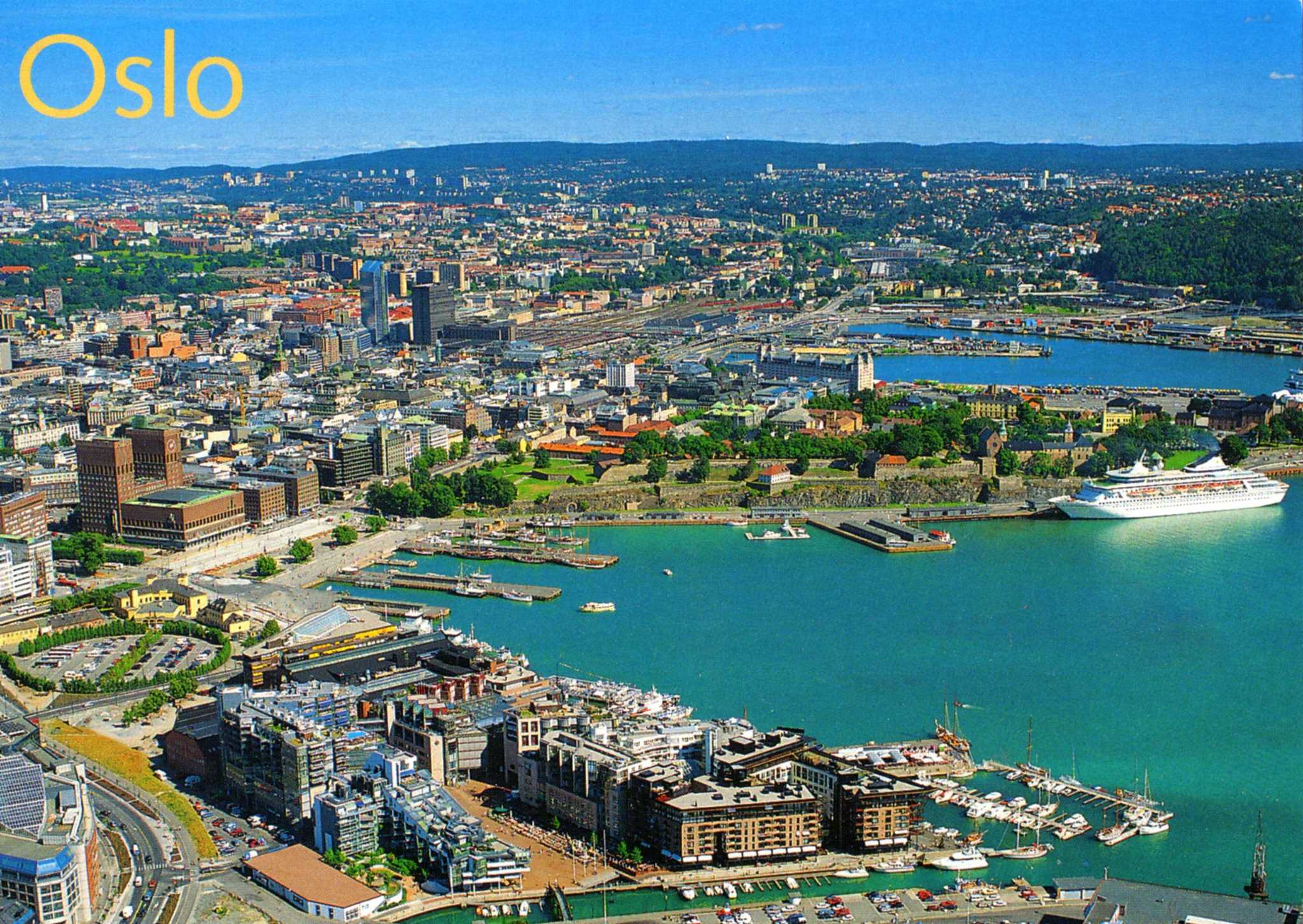
奥斯陆是挪威的首都,人口约85万,位于奥斯陆峡湾的最深处。奥斯陆南临奥斯陆湾,三面被群山环绕,整个城市与绿色的大自然和谐地融为一体。
从奥斯陆中央车站到王宫,再从卡尔约翰大街到国会议事堂周边为步行者天国。大街两侧是摩登的咖啡屋、餐馆和商店。每到夏季或周末这里可看到演艺人的各种演出。周围还有奥斯陆大教堂和国家美术馆。
奥 斯陆还是油画、雕刻、戏剧之都,充满了艺术气息。国家美术馆展出有蒙克的《呐喊》和《玛丽亚》。维格朗雕塑公园绿荫环绕,有200件雕塑艺术品,是人们休 闲娱乐的理想去处。奥斯陆的观光区域大致分为5个区域,卡尔约翰大街周边、阿肯修弗斯城堡周边、王宫周边、布里格周边以及维格朗公园周边等。
奥斯陆卡
还将享受汽车租赁、雪橇租赁以及其他部分设施,如餐厅和商店的折扣。
奥斯陆卡在游客信息中心、大酒店、奥斯陆中央车站售票处、报亭以及通过互联网都可以购买。有效期从第一次使用时的时间开始计算,请再开始使用前做好计划。(Quelle:http://www.visitscandinavia.org/)
奥斯陆(挪威语:Oslo ![]() 聆听 帮助·信息),1925年前旧称克里斯蒂安尼亚(Kristiania),是挪威首都和最大城市,全国政治、经济、文化中心,也是挪威的贸易、银行业、工业和航运枢纽,位于挪威东南部的奥斯陆峡湾内侧,人口666, 759人(截至2017年1月1日)。[8]包括邻近的10个自治市在内的城市区人口为975, 744人(截至2016年1月1日),[9]而整个大奥斯陆地区人口数为1, 546, 706。[8]
聆听 帮助·信息),1925年前旧称克里斯蒂安尼亚(Kristiania),是挪威首都和最大城市,全国政治、经济、文化中心,也是挪威的贸易、银行业、工业和航运枢纽,位于挪威东南部的奥斯陆峡湾内侧,人口666, 759人(截至2017年1月1日)。[8]包括邻近的10个自治市在内的城市区人口为975, 744人(截至2016年1月1日),[9]而整个大奥斯陆地区人口数为1, 546, 706。[8]
奥斯陆因其奇特的地理学和地质学特征而闻名。它被森林和田野所环绕,许多种类的动植物生活在其中。奥斯陆自治市内三分之二的面积是森林和水域,使得实际人口密度达到了5, 221.6人/平方公里。城市核心区的形状像是一个被植被茂密的丘陵所环绕的砂锅,许多河流从丘陵中流出,通过市区汇入奥斯陆峡湾。
根据考古学研究,奥斯陆于公元1000年前后建城。奥斯陆老城区是北欧除了维斯比以外最大的中世纪城市,而且至今保存完好。奥斯陆于1048年被确立为一个贸易点。1070年,奥斯陆被提升为主教辖区。在大约1300年,挪威国王哈康五世将奥斯陆定为挪威首都。在挪威从1397至1523年和1536至1814年与丹麦,以及1814至1905年与瑞典建立共主邦联期间,尽管哥本哈根和斯德哥尔摩先后成为了国家行政机构的所在地,奥斯陆仍然保有着一部分首都职能。
奥斯陆是14世纪挪威受到黑死病影响最严重的地区,在15和16世纪其人口和经济状况又经受了进一步的衰退。1624年,奥斯陆曾被一场大火摧毁,之后,在丹麦国王克里斯蒂安四世统治期间,城区被迁移到了更靠近阿克斯胡斯城堡的地方,并以国王的名字命名为克里斯蒂安尼亚(Christiania)。在1814年丹麦-挪威邦联解体之前,克里斯蒂安尼亚已被宣布成为挪威的首都。1838年1月1日,克里斯蒂安尼亚成为了一个自治市。尽管在19世纪以前,克里斯蒂安尼亚在欧洲范围内只是一座小城市,但从第二次工业革命之后,这座城市开始高速发展。在1900年前后,克里斯蒂安尼亚已经成为了一个发达的工业中心,有着近25万名居民。1925年,它的名字从克里斯蒂安尼亚改为了奥斯陆。
奥斯陆是欧洲重要的航海工业和航海贸易中心,是许多航运企业总部的所在地,其中包括一些世界级的航运公司、船舶经纪人和海上保险经纪人。奥斯陆也是欧洲委员会和欧洲联盟委员会的跨文化城市项目的试点城市。
奥斯陆被认为是一座全球城市,在2012年fDi杂志发表的欧洲大城市生活质量排名中名列第一位。[10] ECA国际2011年进行的一项调查显示,奥斯陆是全球生活成本第二高的城市,仅次于东京。[11] 根据经济学人智库(EIU)的统计,2013年奥斯陆也名列全球生活和学习成本最高的四座城市之一。[12]
1952年,奥斯陆曾举办过冬季奥运会。1993年5月,在美国的主导下,以色列和巴勒斯坦在这里签订了著名的奥斯陆协议。另外,奥斯陆也是诺贝尔和平奖的颁奖地,每年的颁奖仪式在奥斯陆市政厅举行。
21世纪初,奥斯陆的人口以创纪录的速度增长,使其成为了当时全欧洲人口增长速度最快的城市之一。[13] 这一高增长率主要和国际移民的流入和高生育率有关,但也离不开国内人口流动的影响。目前,奥斯陆的移民人口增长速度略高于本国人口增长速度,[14] 在市区部分,这一差异更为显著。2012年1月1日的数据显示,奥斯陆人口的23%是移民,[15]市内最大的少数族裔是挪威-瑞典人和挪威-巴基斯坦人。
(deutsch: [ˈʔɔslo], norwegisch: [ˈʊʂlʊ], [ˈʊʃlʊ] oder [ˈʊslʊ]) ist die Hauptstadt des Königreichs Norwegen. Ihr ehemaliger Name war Christiania (1624 bis 1924) bzw. Kristiania (alternative Schreibweise von 1877/1897 bis 1924).
Die Kommune Oslo hat 669.060 Einwohner(30. Jun. 2017)[2]. Sie bildet eine eigenständige Provinz (Fylke) und ist zudem Verwaltungssitz für die benachbarte Provinz Akershus.
Mit 975.744 Einwohnern ist Oslo der mit Abstand größte Ballungsraum des Landes[3]. In der Groß-Oslo-Region leben rund 1,5 Millionen Menschen, also fast ein Drittel der gesamten Bevölkerung Norwegens von rund 5,3 Millionen[4]. Der Hafen (UN/LOCODE NO OSL) eignet sich für Schiffe mit Längen unter 150 Meter.
オスロ(ノルウェー語: Oslo ノルウェー語発音: [²uʃlu] (![]() 音声ファイル)、旧称クリスチャニア、クリスティアーニアChristianiaもしくはKristiania)は、ノルウェー王国の首都にして最大の都市である。王宮、行政、立法、司法などの機関が集まる。オスロ市はオスロ県と同じ範囲である。世界でも物価の高い都市のひとつであり、北欧有数の世界都市でもある。
音声ファイル)、旧称クリスチャニア、クリスティアーニアChristianiaもしくはKristiania)は、ノルウェー王国の首都にして最大の都市である。王宮、行政、立法、司法などの機関が集まる。オスロ市はオスロ県と同じ範囲である。世界でも物価の高い都市のひとつであり、北欧有数の世界都市でもある。
Oslo (/ˈɒzloʊ/ OZ-loh;[9] Norwegian: [²uʂlu] (![]() listen), rarely [²uslu, ˈuʂlu]) is the capital and most populous city of Norway. It constitutes both a county and a municipality. Founded in the year 1040, and established as a kaupstad or trading place in 1048 by Harald Hardrada, the city was elevated to a bishopric in 1070 and a capital under Haakon V of Norway around 1300. Personal unions with Denmark from 1397 to 1523 and again from 1536 to 1814 and with Sweden from 1814 to 1905 reduced its influence. After being destroyed by a fire in 1624, during the reign of King Christian IV, a new city was built closer to Akershus Fortress and named Christiania in the king's honour. It was established as a municipality (formannskapsdistrikt) on 1 January 1838. The city's name was spelled Kristiania between 1877 and 1897 by state and municipal authorities, respectively. In 1925 it was renamed Oslo.
listen), rarely [²uslu, ˈuʂlu]) is the capital and most populous city of Norway. It constitutes both a county and a municipality. Founded in the year 1040, and established as a kaupstad or trading place in 1048 by Harald Hardrada, the city was elevated to a bishopric in 1070 and a capital under Haakon V of Norway around 1300. Personal unions with Denmark from 1397 to 1523 and again from 1536 to 1814 and with Sweden from 1814 to 1905 reduced its influence. After being destroyed by a fire in 1624, during the reign of King Christian IV, a new city was built closer to Akershus Fortress and named Christiania in the king's honour. It was established as a municipality (formannskapsdistrikt) on 1 January 1838. The city's name was spelled Kristiania between 1877 and 1897 by state and municipal authorities, respectively. In 1925 it was renamed Oslo.
Oslo is the economic and governmental centre of Norway. The city is also a hub of Norwegian trade, banking, industry and shipping. It is an important centre for maritime industries and maritime trade in Europe. The city is home to many companies within the maritime sector, some of which are among the world's largest shipping companies, shipbrokers and maritime insurance brokers. Oslo is a pilot city of the Council of Europe and the European Commission intercultural cities programme.
Oslo is considered a global city and was ranked "Beta World City" in studies carried out by the Globalization and World Cities Study Group and Network in 2008.[10] It was ranked number one in terms of quality of life among European large cities in the European Cities of the Future 2012 report by fDi magazine.[11] A survey conducted by ECA International in 2011 placed Oslo as the second most expensive city in the world for living expenses after Tokyo.[12] In 2013 Oslo tied with the Australian city of Melbourne as the fourth most expensive city in the world, according to the Economist Intelligence Unit (EIU)'s Worldwide Cost of Living study.[13]
As of 1 July 2017, the municipality of Oslo had a population of 672,061, while the population of the city's urban area was 942,084.[4] The metropolitan area had an estimated population of 1.71 million.[14] The population was increasing at record rates during the early 2000s, making it the fastest growing major city in Europe at the time.[15] This growth stems for the most part from international immigration and related high birth rates, but also from intra-national migration. The immigrant population in the city is growing somewhat faster than the Norwegian population,[16] and in the city proper this is now more than 25% of the total.[17]
OsloÉcouter est la capitale d'État de la Norvège. Le toponyme se prononce /↓ʊʂˈlʊ/ dans le dialecte osloïte. La ville s'est appelée Christiania de 1624 à 1924, selon l'ancienne graphie latine héritée du danois, ou communément Kristiania en dano-norvégien. Le 1er janvier 1925, elle a officiellement repris le nom d'un modeste faubourg, site historique de la première ville, fondée au fond de l'Oslofjord par Harald III et promue capitale royale sous Haakon V.
Alors que la ville d'Oslo compte une population de près de 600 000 habitants, dont 27 % d'immigrants2, la région d'Oslo compte 1 403 268 habitants en 2010. La ville, qui s'étend sur 450 km2, est restée en parfaite osmose avec la nature par ses prairies et parcs spacieux et ses pistes de ski de fond, bien que cet important nœud de communication ferroviaire et portuaire soit desservi par un réseau routier et autoroutier et de nombreux trains de banlieue. La capitale regroupe 11,5 % de la population norvégienne et constitue un fylkeskommune (district communal), regroupant quinze bydeler (subdivisions), s'étendant largement autour du fjord d'Oslo et vers le nord-est. Il n'y a pas de gentilé d'usage générique dans la langue norvégienne pour les habitants et originaires d'Oslo (sur le modèle de Tokyo, on parle parfois d'Osloïtes).
Oslo (AFI: /ˈɔzlo/[1]; pronuncia norvegese [²uʃlu]: , nel dialetto di Oslo [ùʂɭu][2] – conosciuta anche come Christiania dal 1624 al 1878 e come Kristiania dal 1878 al 1924) è una città del nord Europa ed è la capitale e la più grande città della Norvegia. Con una popolazione di circa 669 060 abitanti (2017), accoglie il 12% circa della popolazione norvegese. Tuttavia, considerando l'intera area metropolitana, comunemente chiamata "regione della grande Oslo" (Stor-Osloregionen), che si estende ben oltre i limiti del comune, si ha una popolazione complessiva di 1 546 706 abitanti (2015). I confini geografici della contea di Oslo e del comune sono coincidenti.
Oslo (![]() [ùʃlu] (?·i)), llamada Christiania o Cristianía en español de 1624 a 1897 y Kristiania de 1897 a 1924, es la capital y la ciudad más poblada de Noruega, además de ser su centro político, económico y cultural. Políticamente constituye un municipio y a la vez una de las diecinueve provincias del país. Según el censo del 1 de enero de 2015, su población era de 647 676 habitantes,1 un 12 % de la población total de Noruega; la estimación de enero de 2015 le asignó una población de 942 084. Es la tercera ciudad y área urbana escandinava más poblada, solo superada por Copenhague y Estocolmo.
[ùʃlu] (?·i)), llamada Christiania o Cristianía en español de 1624 a 1897 y Kristiania de 1897 a 1924, es la capital y la ciudad más poblada de Noruega, además de ser su centro político, económico y cultural. Políticamente constituye un municipio y a la vez una de las diecinueve provincias del país. Según el censo del 1 de enero de 2015, su población era de 647 676 habitantes,1 un 12 % de la población total de Noruega; la estimación de enero de 2015 le asignó una población de 942 084. Es la tercera ciudad y área urbana escandinava más poblada, solo superada por Copenhague y Estocolmo.
Su área metropolitana se extiende a los alrededores de la provincia de Akershus y tiene una población de 1 546 706 habitantes. La superficie total comprendida por Oslo es de 144 km², de los cuales 115 km² son urbanos y 7 km² son rurales. Los espacios abiertos dentro del área urbana suman un total de 22 km².
La ciudad de Oslo fue establecida como municipio el 3 de enero de 1838. Fue separada de la provincia de Akershus como una provincia independiente en 1842. El municipio rural de Aker fue absorbido por la expansión de Oslo en 1948 (y transferida de la provincia de Akershus al municipio de Oslo). La capital noruega aún comparte varias funciones importantes con Akershus y es oficialmente la capital de esta última.
О́сло (норв. Oslo , [↓ʊʂˈlʊ] или [↓ʊsˈlʊ]) — столица и самый крупный город Норвегии. До 1624 года, согласно карте А. Ортелиуса 1539 года, столица викингов называлась Викия (Vichia), с 1624 по 1877 годы называлась Христиания (норв. Christiania), с 1877 по 1925 годы — Кристиания (норв. Kristiania). Происхождение названия Осло было предметом многочисленных споров среди лингвистов. По одной из версий, название Oslo означает «устье Ло» (норв. os — «устье», Lo — название реки), по названию реки, некогда протекавшей здесь. Считается установленным, что ойконим имеет древнескандинавское происхождение и, по всей вероятности, первоначально был названием крупной фермы в Бьорвике[en], но значение этого названия оспаривается. Современные лингвисты обычно интерпретируют название Óslo или Áslo как «луг у подножия холма» или «луг, освященный богами», при этом оба варианта считаются одинаково вероятными[3].В своде саг «Круг Земной» исландского скальда Снорри Стурлусона упоминается, что Осло основал Харальд III в 1048 году. Во время археологических раскопок были найдены христианские захоронения, относящиеся примерно к 1000 году.
В Средние века город состоял из двух крепостей — королевского замка и епископского. В пределах городских стен находились 9 церквей, один госпиталь, около 400 деревянных домов торговцев и ремесленников. Король Хакон V Святой назвал Осло столицей Норвегии в 1299 году и построил здесь крепость Акерсхус. В годы Высокого Средневековья Осло стал важным торговым пунктом, в том числе были связи с Ганзейским союзом. Численность населения увеличилась вдвое до 3500 человек.
Из-за того, что постройки были выполнены по большей части из дерева, город часто горел, на месте сгоревших зданий сооружали новые, но опять же, из дерева. После трёхдневного пожара в 1624 году, уничтожившего город, датский король Кристиан IV (на то время Норвегия была провинцией Дании) перевёл жителей в новое место поблизости крепости Акерсхус, которое было названо Христиания в честь короля. Новый город строили в лучших традициях Ренессанса с широкими улицами и строго очерченными кварталами. Здания решили строить из камня, чтобы в будущем предотвратить разрушительные пожары. Несмотря на запрет короля, старый город был вновь заселён, в основном бедняками, которые не имели средств к проживанию в зажиточной Христиании. После Великой Северной войны в начале XVIII века экономика Христиании стала расти быстрыми темпами благодаря кораблестроению и торговле. Индустриализация пришла в город в 1840-х годах, когда возникло большое количество фабрик, в основном на берегах Акерсельвы.В результате англо-датской войны 1807—1814 годов Датско-норвежская уния объявила себя банкротом и по Кильскому договору 1814 года уступила Норвегию Швеции. В годы правления шведско-норвежского короля Оскара II прошла орфографическая реформа, в результате которой город был переименован в Кристианию в 1877 году. Лишь в 1924 году городу вернули его первоначальное название Осло.
В XX веке город заметно разросся, в 1948 году к нему присоединили Акер. В 1960-х Осло переделали в современный город с обширной сетью дорог, системой общественного транспорта и новыми офисными зданиями.
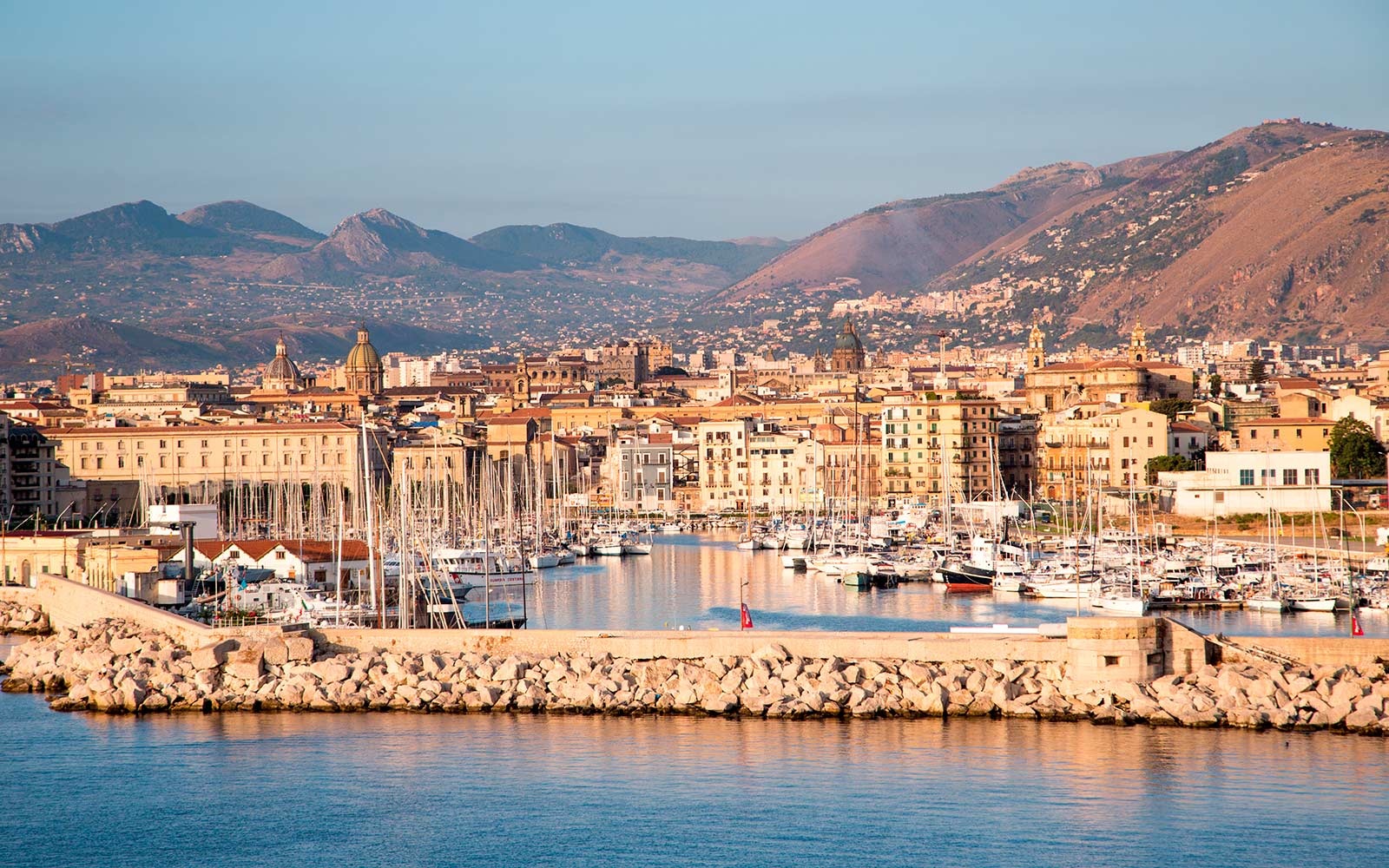
Palermo (sizilianisch Paliemmu) ist die Hauptstadt der Autonomen Region Sizilien und der Metropolitanstadt Palermo. Sie liegt an einer Bucht an der Nordküste Siziliens. Im 8. Jahrhundert v. Chr. gegründet, erlebte die Stadt vor allem unter der Vorherrschaft der Araber sowie der Normannen und der Staufer eine Blütezeit. Palermo war u. a. Residenzstadt von Friedrich II.
Heute ist Palermo mit 668.405 Einwohnern (Stand 31. Dezember 2017) Italiens fünftgrößte Stadt und das politische sowie kulturelle Zentrum Siziliens.
巴勒莫(意大利语:Palermo),位于意大利西西里岛西北部,是西西里岛的首府,人口约130万,面积4992平方千米。
巴勒莫早于八千年前已有人聚居。公元前734年腓尼基人来到巴勒莫,在此建立港口。由于巴勒莫本身属天然良港,古希腊人曾为此开战,最终于公元前276年沦为希腊人殖民地。罗马帝国时期巴勒莫一度是古罗马帝国一部分。
在古代历史,巴勒莫的重要性都仅次于叙拉古或特拉帕尼等城市;中世纪后,拜占庭帝国派驻的总督常住于此已成定例;830年阿拉伯人入侵对巴勒莫展开围城战,长达一年的时间毫无援军援助,831年9月拜占庭的西西里总督与主教潜逃失败而丧生,巴拉摩在这种状况下陷落,这场战役人口从七万人减少至三千人,为了让城市重现生机阿拉伯人派驻地方长官统治。[1]1130年鲁杰罗二世于西西里岛创立西西里王国。王国把巴勒莫作为首都,众多建设也不断进行,包括兴建巴勒莫主教座堂。巴勒莫是于1861年意大利统一时落入意大利手中。工业也在随后开始发展,城市也向北扩张。
パレルモ(イタリア語: Palermo (![]() 音声ファイル))は、イタリアのシチリア島北西部に位置する都市であり、その周辺地域を含む人口約68万人の基礎自治体(コムーネ)。シチリア島最大の都市にしてシチリア州の州都であり、パレルモ県の県都でもある[4]。独自の国際色豊かな文化を生み出した中世シチリア王国の古都。
音声ファイル))は、イタリアのシチリア島北西部に位置する都市であり、その周辺地域を含む人口約68万人の基礎自治体(コムーネ)。シチリア島最大の都市にしてシチリア州の州都であり、パレルモ県の県都でもある[4]。独自の国際色豊かな文化を生み出した中世シチリア王国の古都。
Palermo (Italian: [paˈlɛrmo] (![]() listen); Sicilian: Palermu; Latin: Panormus, from Greek: Πάνορμος, translit. Pánormos) is a city of Southern Italy, the capital of both the autonomous region of Sicily and the Metropolitan City of Palermo. The city is noted for its history, culture, architecture and gastronomy, playing an important role throughout much of its existence; it is over 2,700 years old. Palermo is located in the northwest of the island of Sicily, right by the Gulf of Palermo in the Tyrrhenian Sea.
listen); Sicilian: Palermu; Latin: Panormus, from Greek: Πάνορμος, translit. Pánormos) is a city of Southern Italy, the capital of both the autonomous region of Sicily and the Metropolitan City of Palermo. The city is noted for its history, culture, architecture and gastronomy, playing an important role throughout much of its existence; it is over 2,700 years old. Palermo is located in the northwest of the island of Sicily, right by the Gulf of Palermo in the Tyrrhenian Sea.
The city was founded in 734 BC by the Phoenicians as Ziz. Palermo then became a possession of Carthage. Two Greek colonies were established, known collectively as Panormos or "All-Port"; the Carthaginians used this name on their coins after the 5th century BC. As Panormus, the town became part of the Roman Republic and Empire for over a thousand years. From 831 to 1072 the city was under Arab rule during the Emirate of Sicily when the city first became a capital. The Arabs shifted the Greek name into Bal'harm[1][2] (Arabic: بَلَرْم), the root for Palermo's present-day name. Following the Norman reconquest, Palermo became the capital of a new kingdom (from 1130 to 1816), the Kingdom of Sicily and the capital of the Holy Roman Empire under Emperor Frederick II and King Conrad IV.
The population of Palermo urban area is estimated by Eurostat to be 855,285, while its metropolitan area is the fifth most populated in Italy with around 1.2 million people. In the central area, the city has a population of around 676,000 people. The inhabitants are known as Palermitani or, poetically, panormiti. The languages spoken by its inhabitants are the Italian language and the Palermitano dialect of the Sicilian language.
Palermo is Sicily's cultural, economic and tourism capital. It is a city rich in history, culture, art, music and food. Numerous tourists are attracted to the city for its good Mediterranean weather, its renowned gastronomy and restaurants, its Romanesque, Gothic and Baroque churches, palaces and buildings, and its nightlife and music.[3] Palermo is the main Sicilian industrial and commercial center: the main industrial sectors include tourism, services, commerce and agriculture.[4] Palermo currently has an international airport, and a significant underground economy.[citation needed] In fact, for cultural, artistic and economic reasons, Palermo was one of the largest cities in the Mediterranean and is now among the top tourist destinations in both Italy and Europe. It is the main seat of the UNESCO World Heritage Site Arab-Norman Palermo and the Cathedral Churches of Cefalù and Monreale. The city is also going through careful redevelopment, preparing to become one of the major cities of the Euro-Mediterranean area.[5]
Roman Catholicism is highly important in Palermitano culture. The Patron Saint of Palermo is Santa Rosalia whose Feast Day is celebrated on 15 July. The area attracts significant numbers of tourists each year and is widely known for its colourful fruit, vegetable and fish markets at the heart of Palermo, known as Vucciria, Ballarò and Capo.[6]
Palerme [palɛʁm]2 (en italien : Palermo [paˈlɛrmo]3 Écouter, en sicilien :Palermu) est une ville italienne, chef-lieu et plus grande ville de la région Sicile avec environ 650 000 habitants, et formant avec ses banlieues une unité urbaine d'environ 1 million d'habitants. Elle se situe dans une baie sur la côte nord de l'île.
En 1962, la ville a été récompensée par le Prix de l'Europe.
Palermo (AFI: [paˈlɛrmo][5] ; Palermu [paˈlɛmmʊ] in siciliano, Paliemmu in dialetto palermitano[6]) è un comune italiano di 664 182 abitanti[3], capoluogo dell'omonima città metropolitana e della Regione siciliana.
È il quinto comune italiano per popolazione nonché il principale centro urbano dell'isola di Sicilia e dell'Italia insulare, secondo nel Mezzogiorno d'Italia e trentesimo a livello europeo.
La città vanta una storia plurimillenaria e ha avuto un ruolo importante per le vicende del Mediterraneo e dell'Europa. Fondata dai Fenici tra il VII e il VI secolo a.C.[7], viene conquistata nel 254 a.C. dai Romani ed è divenuta il principale centro dell'isola (Provincia Sicilia)[8]. Conquistata dai Vandali nel 429, passa nel 536 sotto Bisanzio e poi inesorabilmente conquistata dai Saraceni nell'831. Successivamente, con l'avvento dei Normanni e il ritorno alla cristianità, fu la città di incoronazione per i numerosi sovrani di Sicilia, proprio a questa circostanza si devono i titoli attribuiti alla città: «Prima Sedes, Corona Regis et Regni Caput». Da allora è rimasta, con alterne vicende, la capitale del Regno di Sicilia fino al 1816. Particolarmente importanti furono i Vespri siciliani, ribellione scoppiata a Palermo nel 1282.
Dal 1816 al 1817 fu capitale provvisoria del neonato Regno delle Due Sicilie e successivamente divenne la seconda città per importanza dello stesso regno duo-siciliano, fino al 1861, anno dell'unità d'Italia.
La lunga storia della città e il succedersi di numerose civiltà e popoli le hanno regalato un notevole patrimonio artistico e architettonico. Il sito seriale Palermo arabo-normanna e le cattedrali di Cefalù e Monreale, di cui fanno parte più beni monumentali situati in città, nel 2015 è stato dichiarato Patrimonio dell'umanità dall'Unesco.[9][10] Numerosi edifici, tra chiese e palazzi, sono riconosciuti monumenti nazionali italiani.
A Palermo ha sede l'Assemblea regionale siciliana, la più antica sede parlamentare in attività del mondo[11][12], nonché una rilevante sede universitaria. La sua arcidiocesi è sede metropolitana e sede del primate di Sicilia[13]. Nominata Capitale Italiana dei Giovani 2017, è altresì capitale italiana della cultura per il 2018.[14]
Palermo (AFI: [paˈlɛrmo], en siciliano: Palemmu [paˈlɛmmʊ], en el dialecto local: Paliemmu [paˈljæmmʊ]) es una ciudad capital de la región autónoma de Sicilia y de la Ciudad metropolitana de Palermo. En ella habitan 860 000 personas (2016) y en su aglomeración urbana cuenta con cerca de 980 000, cifra que aumenta hasta 1 500 135 habitantes en toda su área metropolitana (la quinta más poblada de Italia).
Su historia milenaria le ha dotado de un considerable patrimonio artístico y arquitectónico que abarca desde restos púnicos hasta casas de estilo Art Nouveau, pasando por residencias de estilo árabe y normando, iglesias barrocas y teatros neoclásicos. Para actividades culturales, artísticas y económicas fue una de las ciudades más grandes del Mediterráneo y hoy es un apreciado destino estival para el turista que visita tierras italianas.2
En julio de 2015, el conjunto «Palermo árabe-normando y las catedrales de Cefalú y Monreale» fue incluido en la lista del patrimonio de la Humanidad por la Unesco.3
Пале́рмо (др.-греч. Πάνορμος, лат. Panormus, итал. Palermo [paˈlɛrmo] ![]() слушать, сиц. Palermu) — административный центр одноимённой провинции, расположенной в Италии.
слушать, сиц. Palermu) — административный центр одноимённой провинции, расположенной в Италии.
Покровителем города считается св. Розалия. Праздник города — 15 июля.
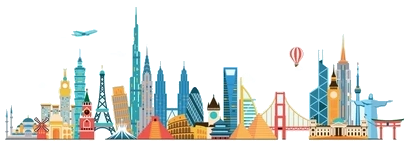 国际城市
国际城市

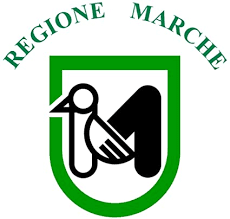 马尔凯大区
马尔凯大区
 历史
历史



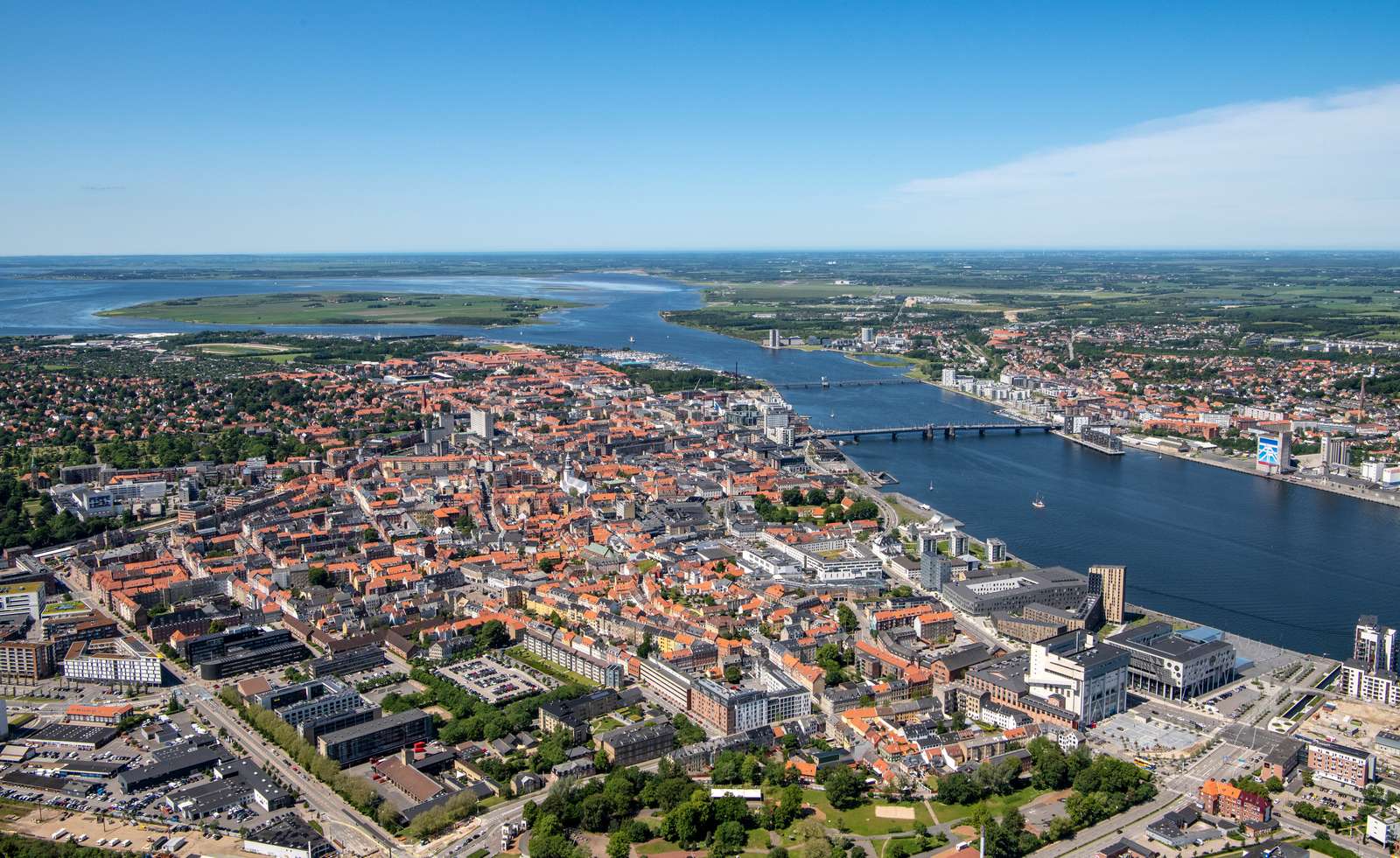
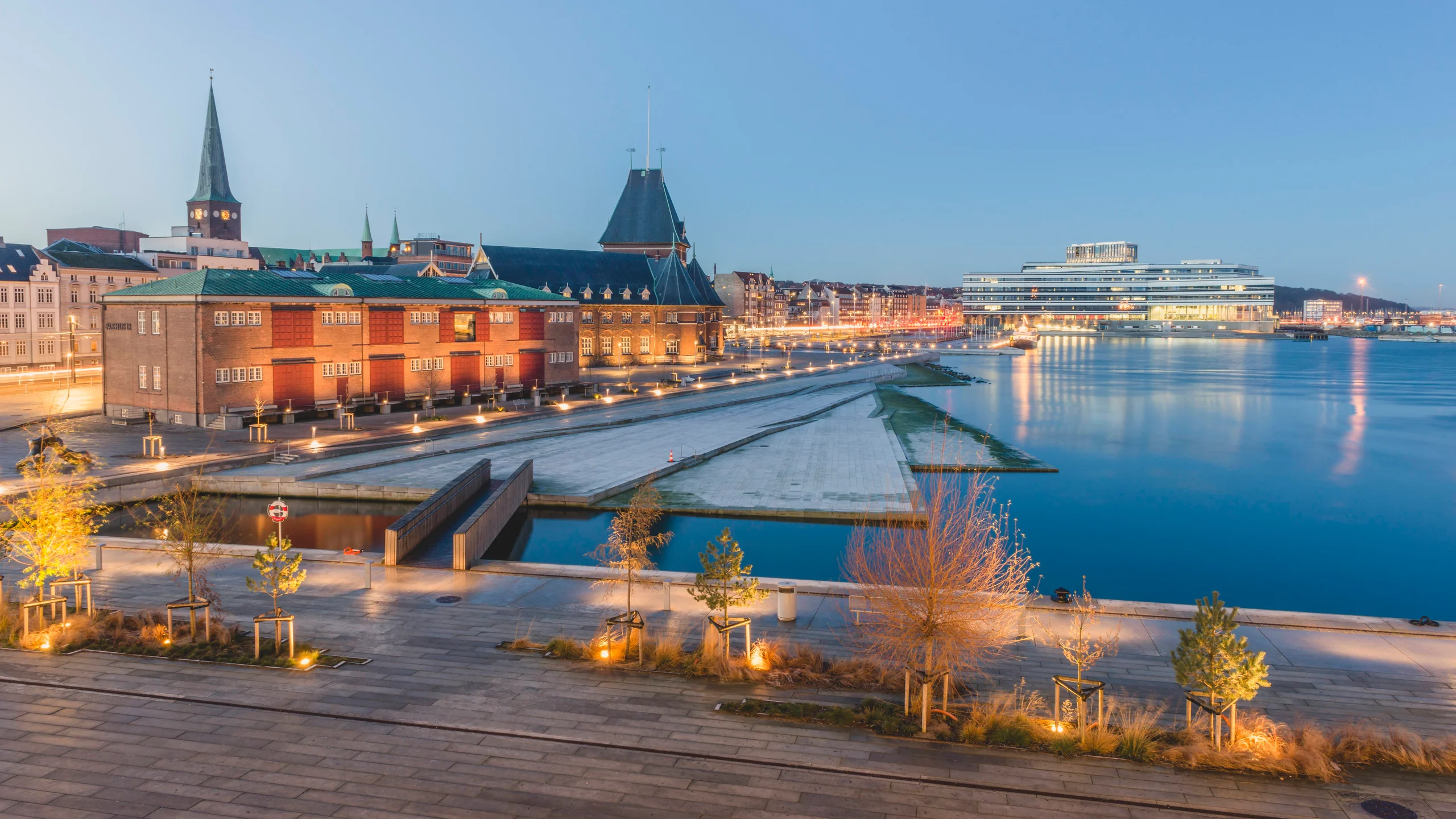
 地理
地理
 体育
体育
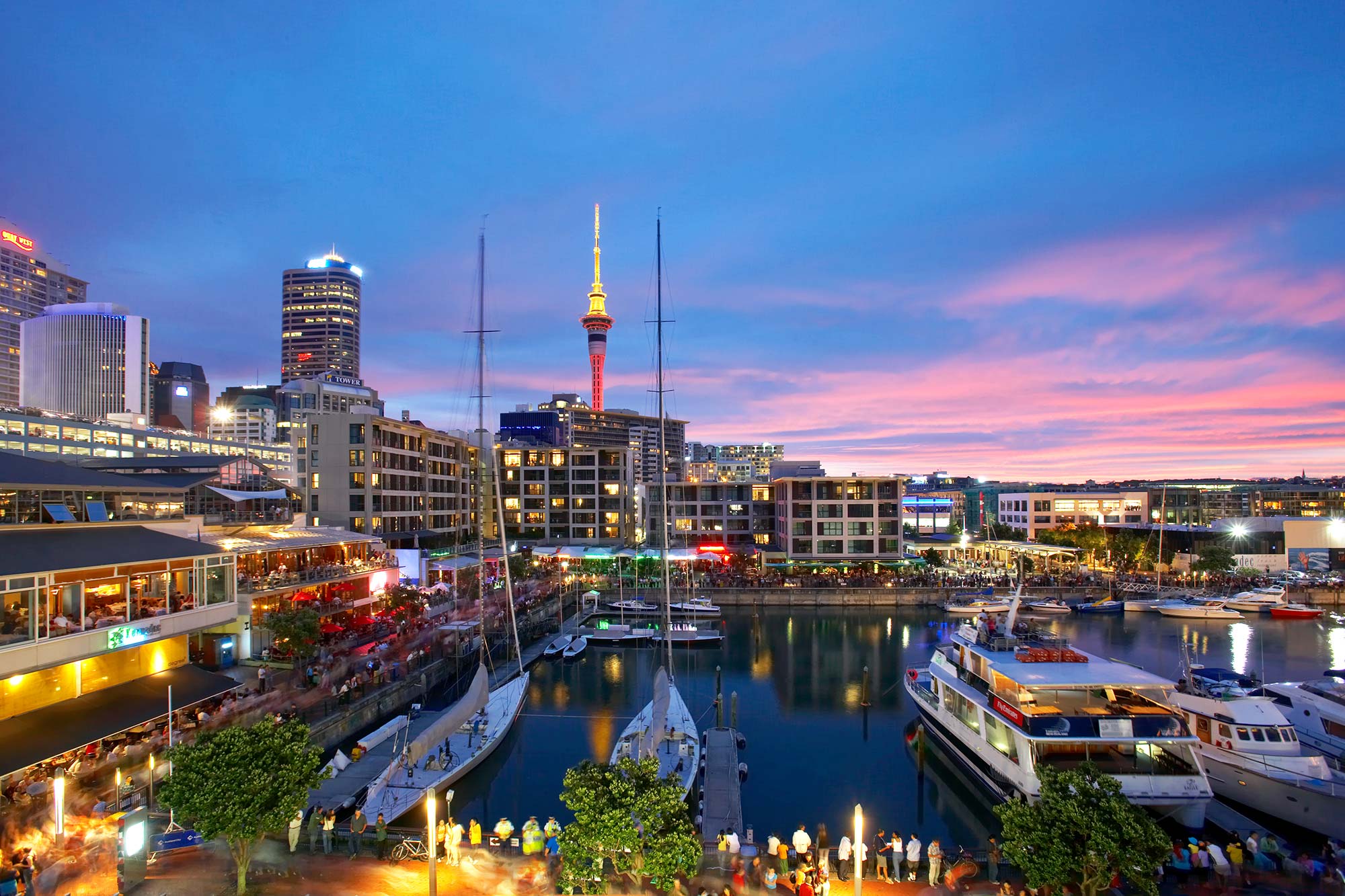
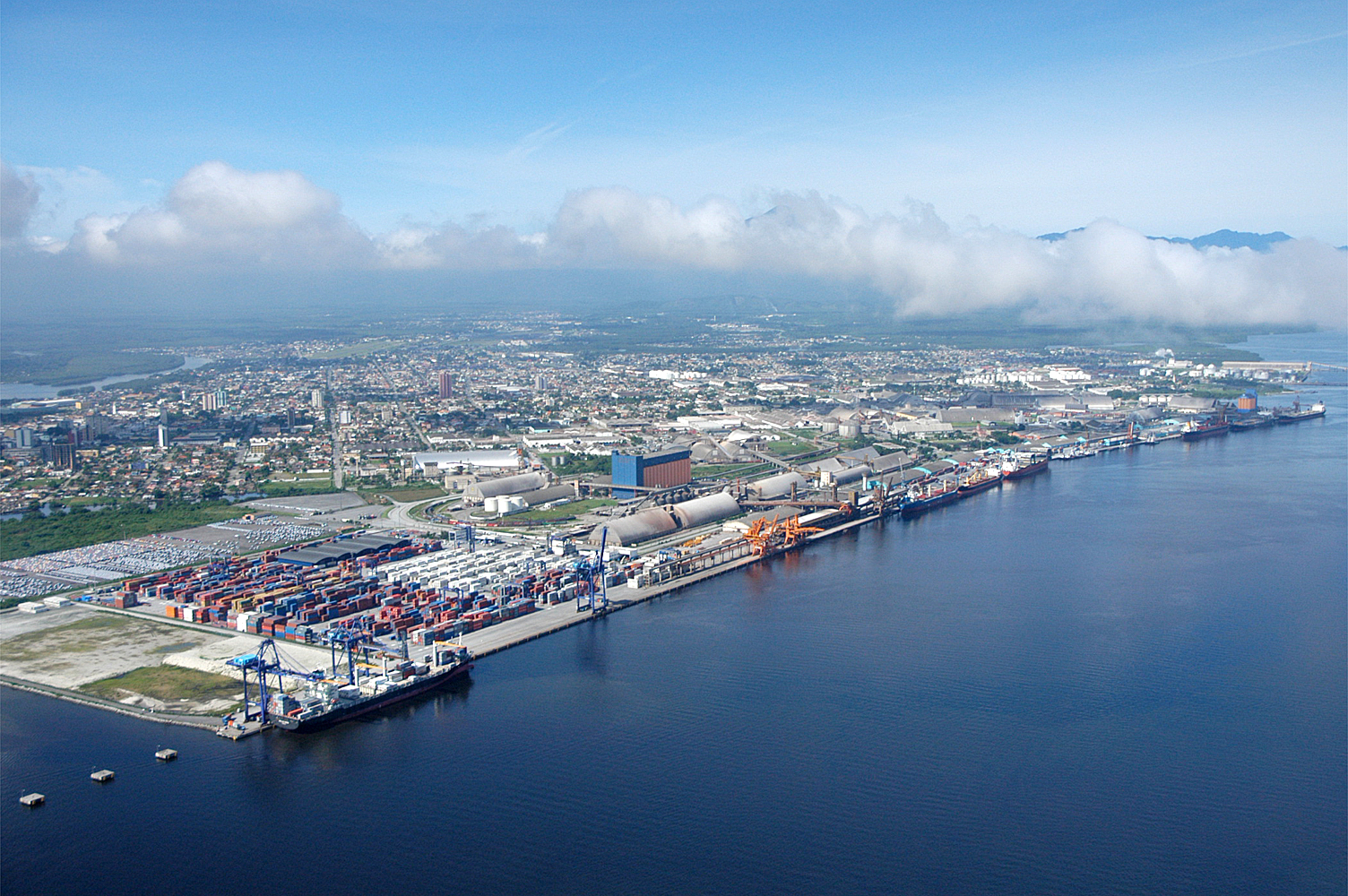
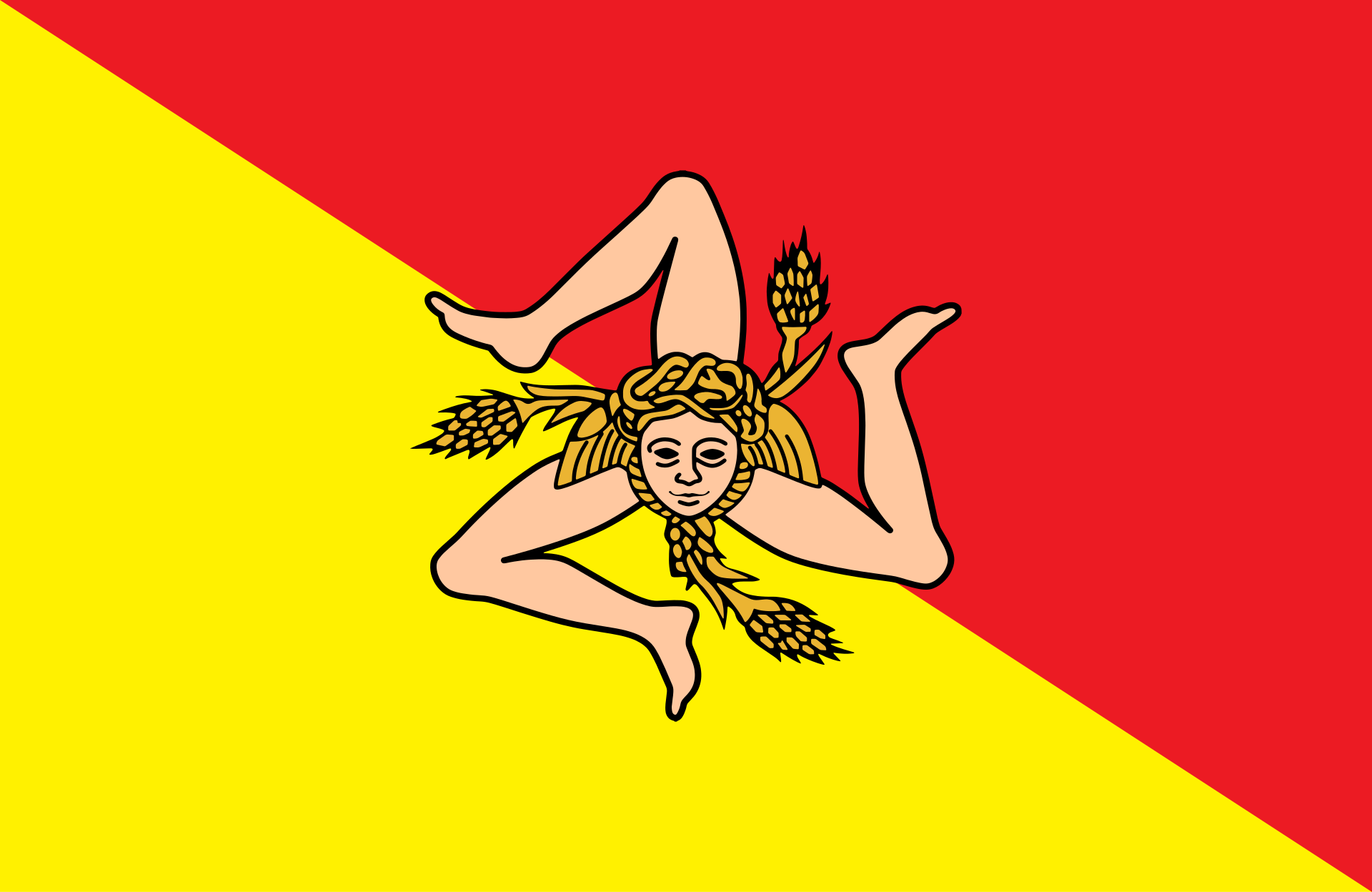 西西里大区
西西里大区
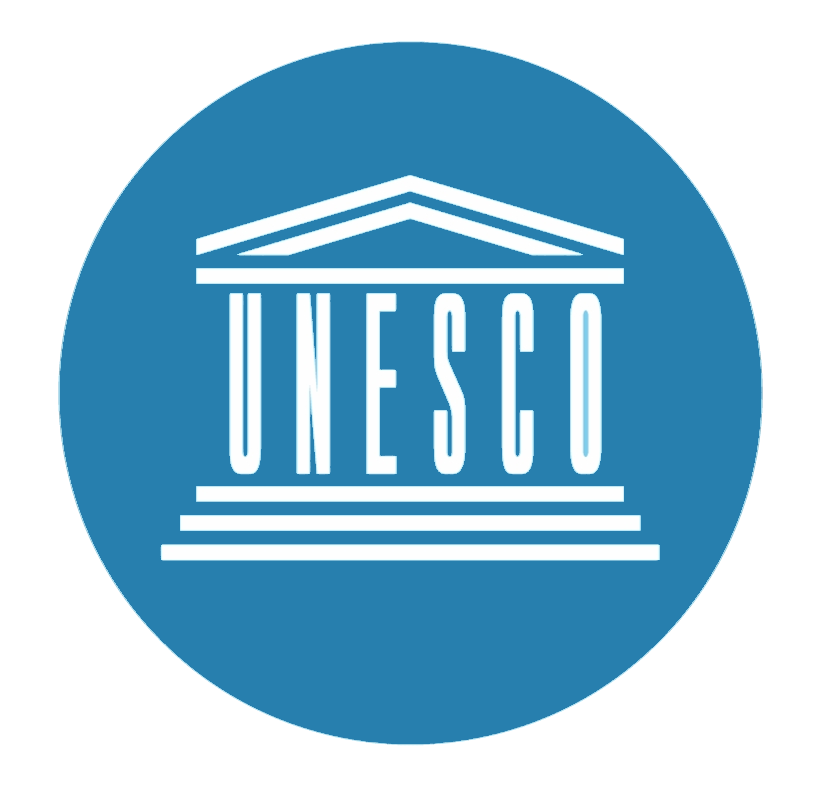 文化遗产
文化遗产
